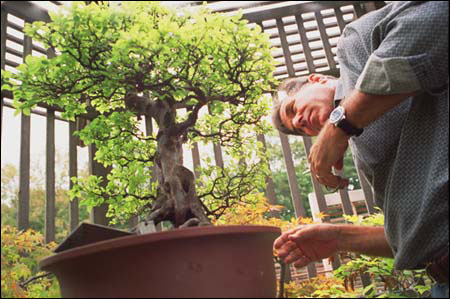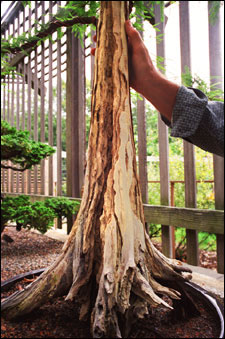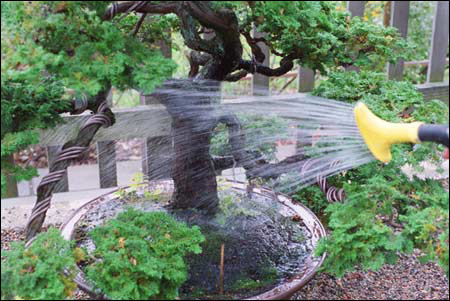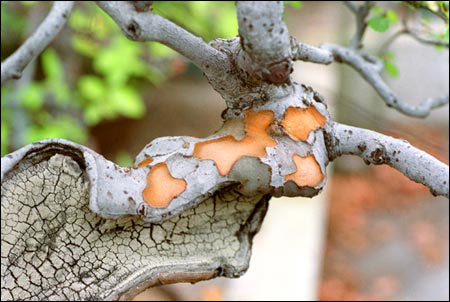Stress adds years to life!:
But don’t try this at home unless you’re a dwarf Bonsai tree

When Nietzsche said, “What does not destroy me makes me stronger,” he might have been speaking about bonsai trees.

According to Peter Del Tredici, curator of the Larz Anderson bonsai collection at Arnold Arboretum, the dwarf trees live longer than trees of the same species growing under natural conditions because of the stress to which they are regularly and deliberately exposed.
Every year, Arboretum staff cut away about 30 to 50 percent of the trees’ new growth and 25 to 30 percent of their root systems, not to mention training the branches with aluminum wire or nylon fishing line.
“Sometimes it looks like abuse, but actually the plants are very well cared for,” Del Tredici says. “Pruning induces rejuvenation of the shoots and roots, and this seems to slow down the physical aging process. With trees, unlike people, adversity promotes longevity.”
The results speak for themselves. The oldest tree in the collection, a compact hinoki cypress, has been under cultivation since 1737, when George Washington was a boy of five.
The little tree was one of about 40 specimens purchased by Larz Anderson in 1913 when he was ambassador to Japan. When he died in 1937, his widow donated the collection to the Arboretum. Unfortunately, the trees did not get the level of care they needed, and by 1962 the collection had shrunk to 27.

[/caption]But this was also the year that the collection was moved to new, specially designed quarters – a hexagonal redwood lath house for displaying the trees during the growing season and a concrete block storage unit that keeps them in a state of suspended animation for the winter months at a temperature just above freezing.
In 1969, Constance Derderian, who had studied the art of bonsai in New York and Japan, was brought on to care for the collection. Del Tredici, now director of living collections, worked as her apprentice and took over when she retired in 1984.
“It felt like an awesome responsibility when I first started, but the easiest way to kill a bonsai plant is to do nothing, so being paralyzed by fear is just about the worst thing you can do to a bonsai tree.”

Bonsai need a higher level of care and attention than most plants, Del Tredici says, and so he doesn’t recommend them for the average homeowner.
“You can’t really go away on vacation. It’s like having a dog. I tell people the secret to caring for bonsai is to have a staff look after them.”
But while the trees need a fair amount of attention to keep them in top shape, they are actually tougher than they might seem and are quite tolerant of less than ideal treatment.
“These trees have been through hell and back over the course of their long lives. They’ve been through wars, revolutions, and long periods of neglect, and they’re still kicking. That’s something that gives me great hope and confidence.”




